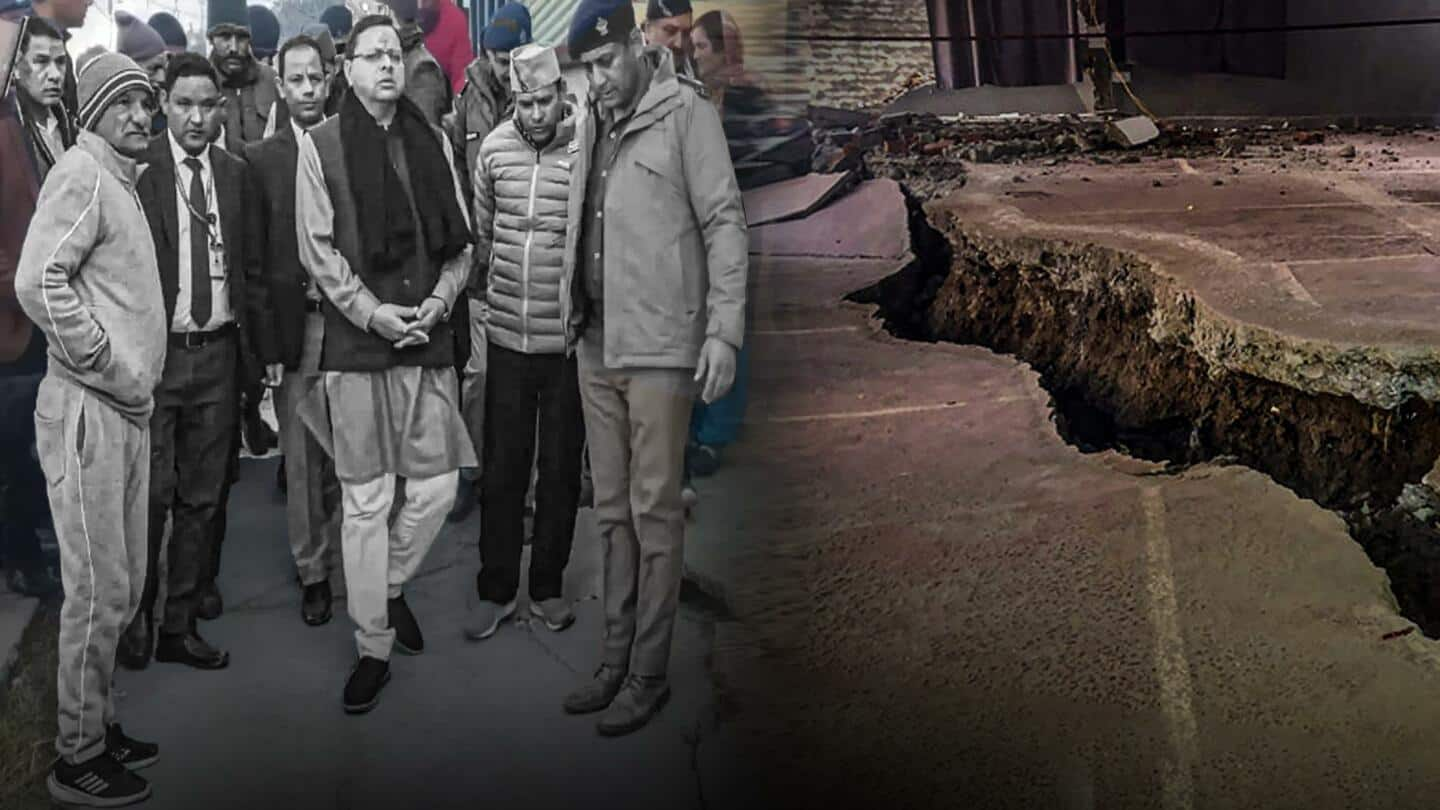
Uttarakhand: Residents brave cold as government prepares to save Joshimath
What's the story
Despite the bone-chilling cold, the residents of Uttarakhand's Joshimath prefer to stay outdoors as their homes face the threat of collapse after developing deep cracks. As more than 600 buildings developed cracks, Joshimath was declared a landslide-subsidence zone. The administration has relocated around 70 affected families and is reportedly working to rehabilitate more. Many families have already fled the town, said reports.
Context
Why does this story matter?
Joshimath is a Himalayan town and the starting point of several treks and trails. Its attraction for pilgrims and tourists has led to its exponential growth over the years, leading to the construction of buildings and roadways. The geographical stability of the town has, however, always been in question. In 2022, a Supreme Court-appointed panel found that Joshimath was built on an unstable foundation.
Action
90 more families at risk, yet to be evacuated
The Chamoli district administration, under which Joshimath falls, distributed necessary assistance funds to the affected families. A high-level meeting was conducted to review the situation of Joshimath, and a committee of experts was scheduled to visit the town on Monday and give recommendations based on their assessment. Meanwhile, at least 90 families at risk are yet to be evacuated.
Details
All schools in Uttarakhand closed till January 15
As many as 610 out of the total 4,500 buildings in Joshimath have developed deep cracks, while brown muddy water is oozing out of the cracks in many of those buildings. Meanwhile, North India is collectively battling a cold wave triggered by western disturbances, and all Uttarakhand schools will remain closed till January 15 in view of the weather conditions, a notification said.
Reason
Residents, experts blame NTPC's project
Many residents, along with several experts, attribute the subsidence to the vibrations from the National Thermal Power Corporation's (NTPC) Tapovan-Vishnugad hydropower project, the development of which is underway beneath the Joshimath town. Although the exact reason is still being studied, the government formed a team comprising engineers from the Geological Survey of India, the Wadia Institute of Himalayan Geology, and IIT Roorkee, among others.
Joshimath
Joshimath falls in Seismic Zone 5
Joshimath is located at an altitude of over 6,000 feet in the Chamoli district and falls in the high-risk Seismic Zone 5, the area most prone to earthquakes. A survey regarding the geological foundation of the town was first conducted by the Mishra Committee in 1976, which warned that blasting the hillside and construction by removing boulders would result in severe environmental damage.
Information
What is land subsidence?
The sinking chaos in Joshimath is caused by a phenomenon called land subsidence, which refers to the vertical downward movement of the Earth's surface in an area with little to no horizontal movement. The reason for the phenomenon could be both human and natural.